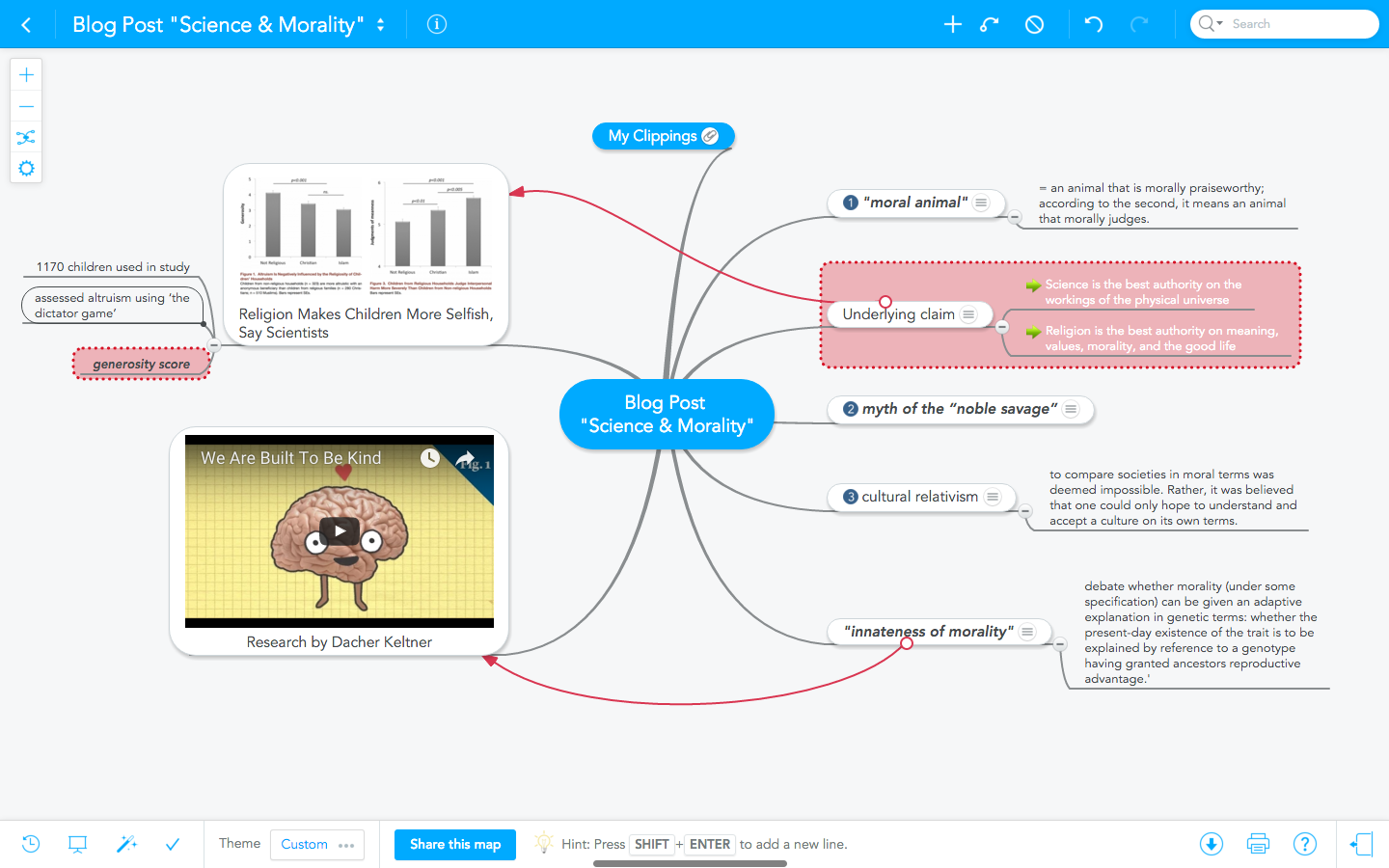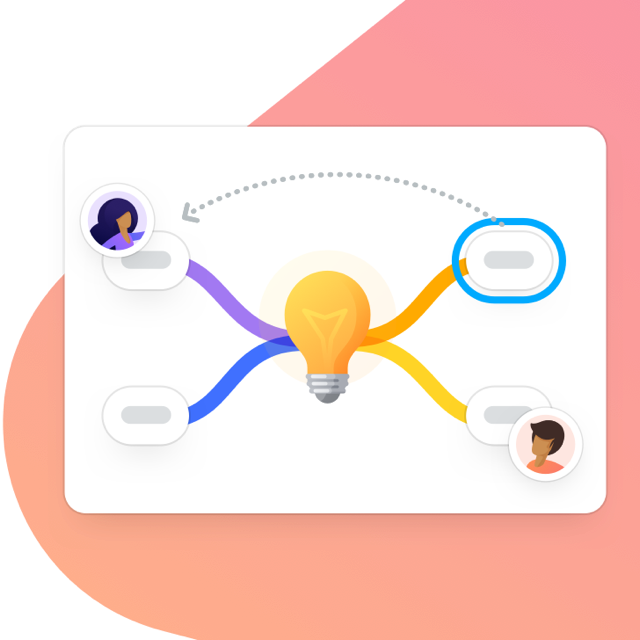Whether you’ve been in the business world for years or are just starting your academic career, writing a document can be intimidating. But not to worry: If you’ve been staring at a blank page with no clue how to get started, you’ve come to the right place. This step-by-step guide will help you tackle any writing project with confidence, so read on to find out how it works.

What Is Document Writing?
The Oxford Dictionaries define a document as “a piece of written, printed, or electronic matter that provides information or evidence or that serves as an official record.” Document writing, then, is the process of creating a written document. Sounds simple, right? After all, we all learn how to write in school, and we all know how to open a text document on our computer.
But if it were that simple, you wouldn’t be reading this article right now.
What Makes Document Writing so Difficult?
The blank page is every writer’s enemy. Even pros sometimes stare at that blinking cursor in the top-left corner for hours. Contrary to popular belief, the freedom that an empty document offers doesn’t foster creativity — it intimidates. There are a thousand ways to approach any given subject, a million ways to phrase your first sentence. The result is that many of us suffer from what’s called overchoice, or choice overload.
The blank document is designed for linear texts and thus pressures you into writing exactly that: a coherent, linear text with a beginning, a middle and an end. It asks you to jump in and craft complete sentences that are meaningful and logically connected to the sentences that come before and after them. Even if you’re deeply familiar with the subject, starting a writing project this way is difficult.
So what can you do instead?
Easy. Remove the blank page and you remove the pressure. Go ahead and close that Word document of yours — you don’t need it right now.
Your first goal isn’t to write a perfect text. Your first goal is to figure out what it is you’re trying to say. The writing comes later; the perfection comes later still.
Below we’ve outlined five steps to help you craft your document. You don’t need to follow these steps to a T every single time you start a writing project, and you don’t necessarily have to complete them in this order. Planning, researching, brainstorming and outlining your document are not necessarily distinct phases. It’s OK to jump back and forth between them, to jot down new ideas as they come to you, and to go back and do some more research if necessary.
How to Write a Document, Step by Step:
Step 1: Planning Your Document
As with any other project, a writing project requires some planning. Start by determining the scope of the document — which information it needs to include and what can (and should) be left out. The scope is determined by the document’s purpose and its readership (aka your target audience).
Readership
Ask yourself the following questions about your readers:
- How familiar are my readers with the topic I’m going to discuss?
- What are my readership’s demographics — how old are they, which language do they speak, and what’s their level of education?
For example, if you’re a programmer writing documentation for colleagues with a similar level of expertise, your text won’t need to include definitions for well-established terms. If you’re writing documentation for a high school beginner class of programming students, however, your document might need to include a lot more details and explanations.
Purpose
Determining the purpose of the document is equally important. It could be one of the following:
- Provide information
- Give instructions
- Propose ideas / persuade the reader
- Present your opinion
Style and Tone
Knowing the demographics of your readership and the purpose of your document will also help you choose the most fitting style and tone. If you’re submitting a business plan to a potential investor, the tone of your document would likely have to be quite different from the one you would use when writing a first-time parent survival guide. The latter might be suitable for a little tongue in cheek, while any kind of humor is probably misplaced in the former.
So before you start the actual writing process, consider whether your tone should be:
- formal or informal
- personal or impersonal
- serious or humorous.
Diction
Next, give some thought to diction, aka your choice of words. While your business plan should use formal diction, you might want to go easy on jargon, unless the investor you’re submitting to is familiar with your specific business niche. With a first-time parent survival guide on the other hand, you’ll likely want to appeal to a relatively young audience. Therefore, incorporating some pop culture references and colloquialisms could actually enhance the reader’s experience.
Sentence Length
The length and complexity of sentences, too, should be adapted to fit your audience. It’s always important to be clear and concise. However, certain target audiences, such as academics, have a higher tolerance for lengthy sentences than, say, a busy executive.
You can use the free mind map template below to plan your document. Simply copy the mind map to your MindMeister account and fill it out. You can keep the map as a reference throughout your writing and editing process.
Don’t have a MindMeister account yet? You can sign up for free here.
Step 2: Research and Brainstorming
Now that you’ve figured out the scope and style of your document, it’s time to do some research. While you can certainly use a text document to collect all quotes, links, facts and other references you want to incorporate, a linear format isn’t ideal for this purpose.
The classic mind map format, which was popularized by the English researcher Tony Buzan in the 70s, is great for visualizing how individual pieces of information are connected. Using a mind map, you can collect all your notes, ideas and references on a single page. Digital mind maps are especially practical as they let you move elements around to group them in a way that makes sense.
Besides links, digital mind maps also offer space for multimedia attachments such as images, videos, and entire files, so you can collate all your research in a central place.
To get started, simply open a new mind map, write the title of your document in the center of the map, and add your notes.
Want to learn more about how to brainstorm effectively? Check out our article on Online Brainstorming with Mind Maps. We also have a tutorial on How to Create High-Value Content with MindMeister and Your Kindle.
Step 3: Outlining the Structure of Your Document
The structure of your text is largely determined by the type of document you’re writing. Below is a — by no means exhaustive — list of document types you might encounter:
Academic documents:
- Thesis
- Paper
- Journal
- Argumentative essay
- Research Proposal
Business documents:
- Contract
- Report
- Business plan
- Financial statement
- User guide
- Project documentation
- White paper
Let’s take a closer look at three different kinds of documents and compare their individual structures:
Argumentative Essay:
Argumentative essays often follow a 5-paragraph approach. The mind map template below outlines these 5 paragraphs — if you need to write an argumentative essay, you can use this template as your starting point:
Business Plan:
A typical business plan contains six important elements, which are outlined in the map template below. You can copy this map template to your free MindMeister account to fill it out:
Research Proposal:
If you’re applying for a research degree, you’ll need to submit a research proposal. The template below outlines the key elements that should be contained in such a document.
As you can see from the three templates above, every document requires a different structure. Of course, these structures aren’t set in stone — they’re based on convention. You can always adapt them to fit your needs.
Step 4: Writing Your Document
Now that you’ve created a logical structure for your document and have done all the research, it’s finally time to start the actual writing process.
If you’ve used MindMeister to outline your document, you can forgo the intimidating blank page completely by exporting the map’s content as a text outline to Microsoft Word. Now all you have to do is flesh out your outline by adding the information you’ve collected in your research mind map.
Microsoft Word isn’t the only writing software in town, though. Depending on what kind of document you’re writing, you might be better off with a different tool. Below is a list of popular writing tools that might be better suited to your needs. Whatever you choose, a good grammar and spell checker is a must.
The Classics:
Document Writing Software:
General Writing Software:
Knowledge Management Tools:
Code Documentation Tools:
Step 5: Editing Your Document
If you think that you’re done as soon as you’ve written the last sentence in your document, think again. The importance of editing cannot be overstated. Or as the great writer Ernest Hemingway put it:
The first draft of everything is shit.
While you may be eager to finally submit your document and move on to other tasks, you should never do so before you’ve reviewed your text one last time. For best results, leave the document alone for at least 24 hours — longer, if possible. Looking at it with fresh eyes will greatly increase your chances of spotting mistakes and other issues.
If you haven’t used a tool such as Hemingway App during your writing process, consider pasting the content of your document into this app now. Hemingway App was designed to “make your writing bold and clear,” just like Ernest Hemingway himself always recommended. The app highlights lengthy, complex sentences and points out weakening phrases for you.
Even if writing is not your true passion, with proper planning and the right tools at your disposal, you don’t have to be scared of a blank page ever again. So when you’re ready to get started with your next document, just follow the five steps outlined in this article and you’ll see how quickly everything comes together.
Brainstorm and outline your documents
Try MindMeister

